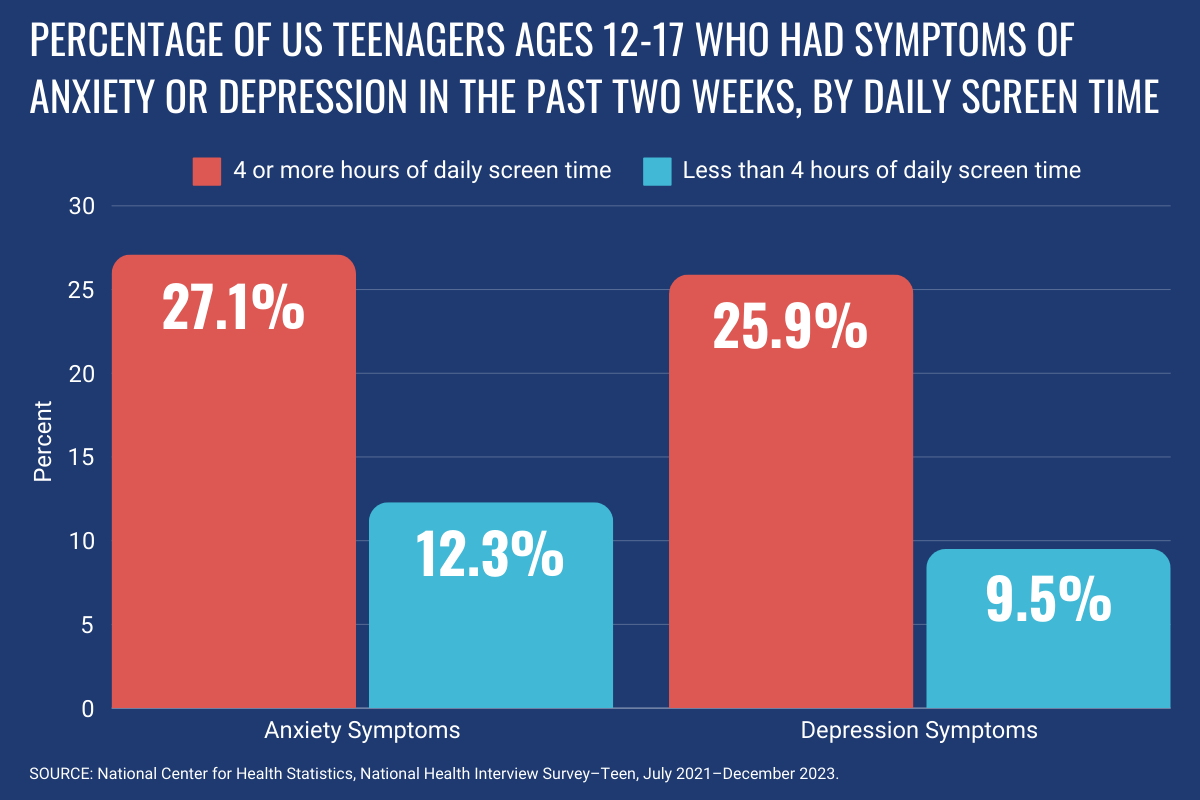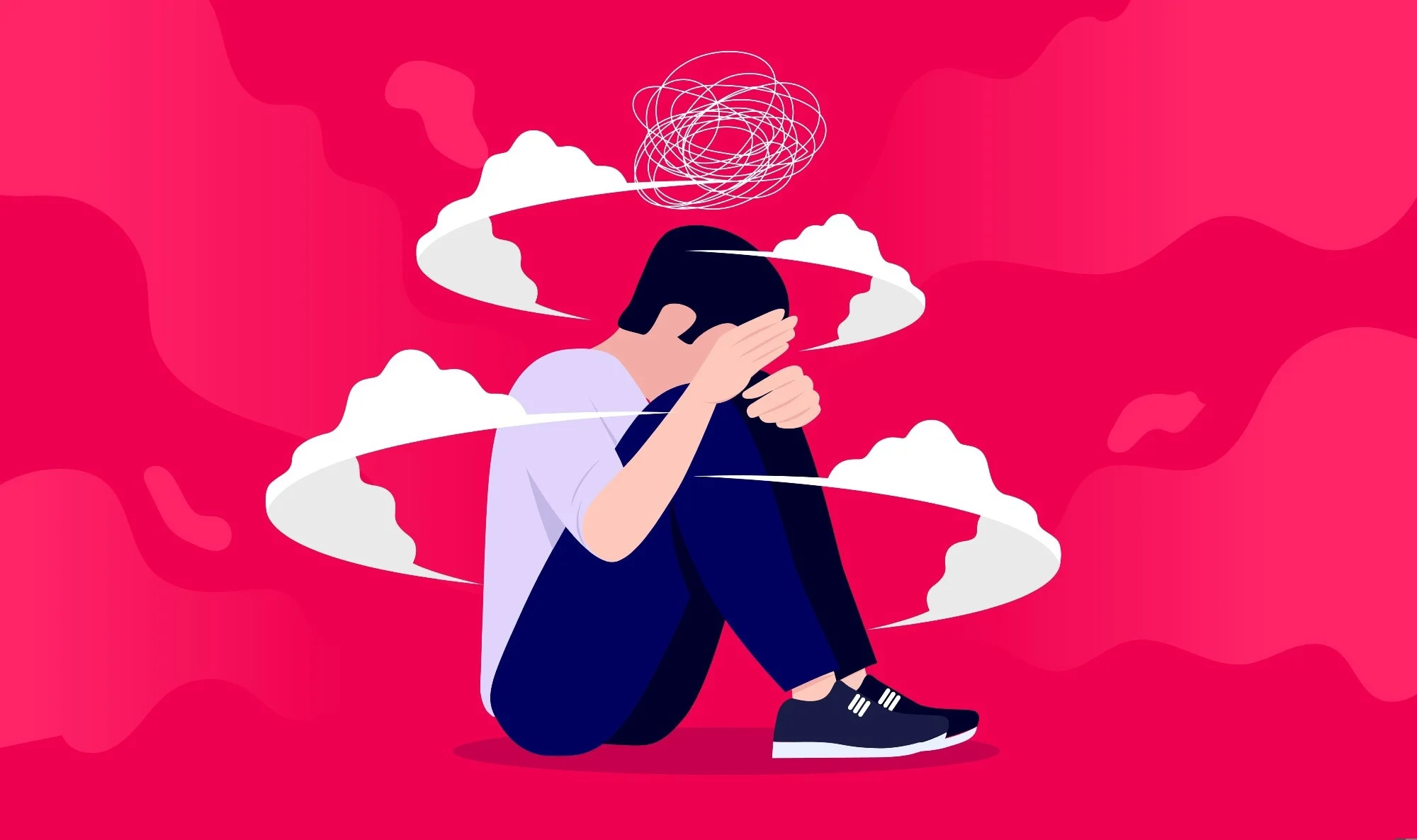Adolescent mental health is becoming a global concern, with increasing cases of depression, anxiety, and suicide among teens. Experts point to excessive social media use as a significant contributing factor. Understanding the risks and developing supportive interventions is now more urgent than ever.
Mental health issues among adolescents have seen a dramatic rise in recent years, with depression, anxiety, and behavioral disorders now ranking among the leading causes of illness and disability for youth aged 10–19. According to the World Health Organization (WHO), around 14% of adolescents globally experience mental health disorders, yet most cases go undiagnosed and untreated.
One of the increasingly scrutinized factors is the role of social media. With platforms like Instagram, TikTok, and Snapchat dominating teen life, researchers and mental health professionals are raising alarms about their psychological effects. While social media can offer connection and expression, studies also show a strong link between excessive use and symptoms of depression, low self-esteem, body image issues, and sleep deprivation.
A key challenge is the constant comparison culture these platforms foster. Teens often compare their lives with the carefully curated images of peers or influencers, leading to unrealistic standards and feelings of inadequacy. The addictive nature of scrolling and algorithm-driven engagement further limits offline social interactions and physical activity—both vital to emotional well-being.
Dr. David Anderson from the Child Mind Institute notes that while social media isn’t inherently harmful, overuse and lack of balance can exacerbate underlying issues. Moreover, cyberbullying and exposure to harmful content can deepen emotional stress.
Parents, educators, and policymakers play a critical role in mitigating these effects. Strategies include encouraging digital detoxes, promoting open conversations about mental health, implementing school-based mental wellness programs, and ensuring timely professional intervention.
Improving awareness and access to resources is crucial. The stigma around mental health must be dismantled to allow adolescents to seek help without fear or shame.
 Source:-https://achi.net
Source:-https://achi.net
-
14% of 10–19-year-olds globally face mental health disorders.
-
Social media overuse linked to depression and anxiety in teens.
-
Body image issues and sleep problems are growing concerns.
-
Cyberbullying contributes to emotional distress.
-
Solutions include digital balance, school support, and awareness.















